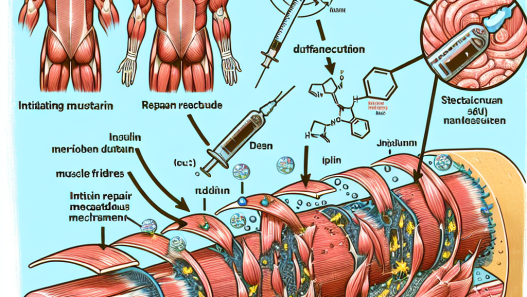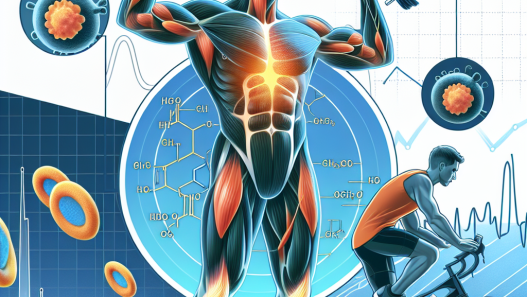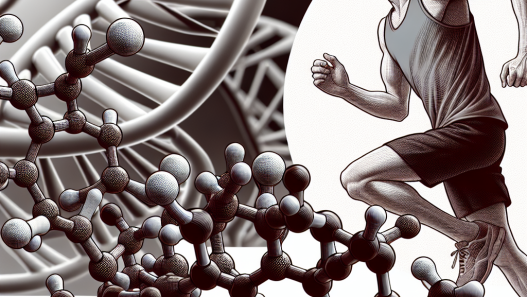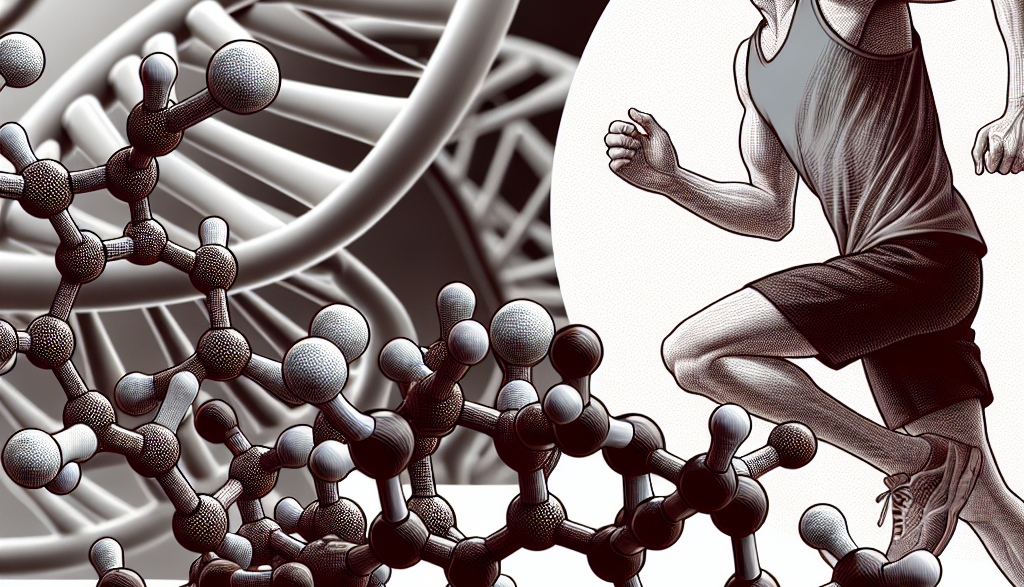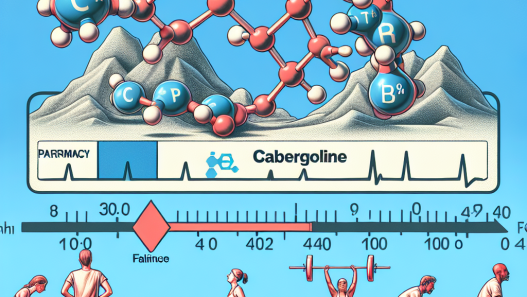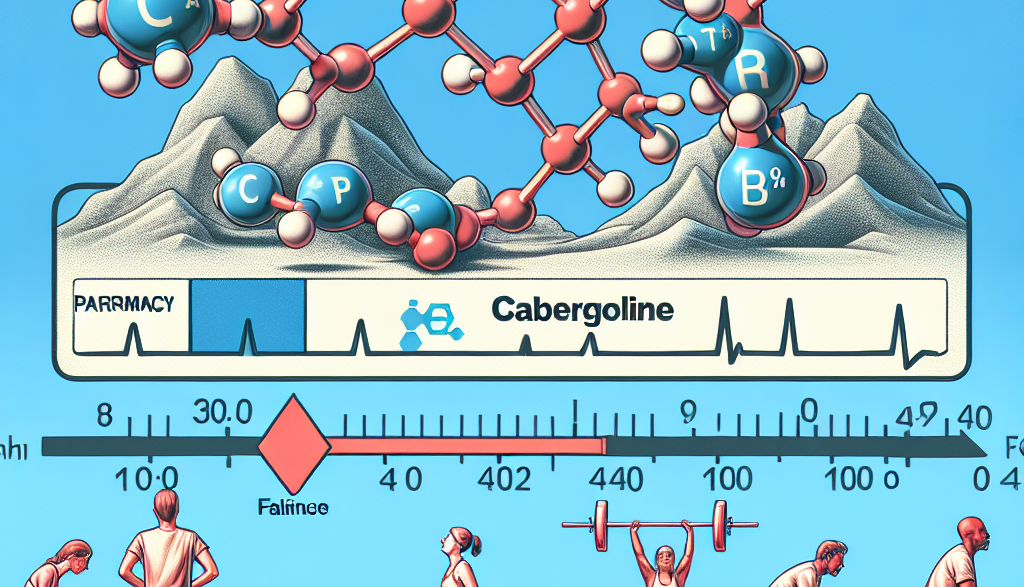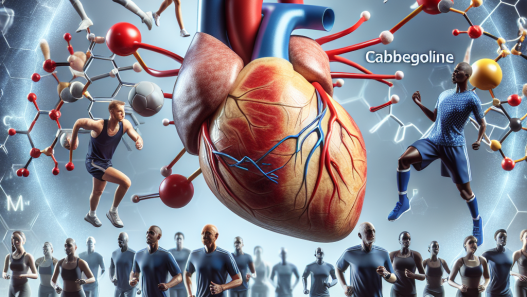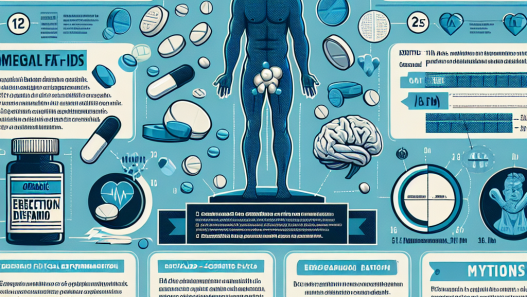Insulin and training resistance: myths and truths
Discover the truth about insulin and training resistance. Learn about common myths and facts in this informative meta description.
November 14, 2025
November 14, 2025
November 13, 2025
November 13, 2025
Recommended reading
November 12, 2025
November 11, 2025
November 11, 2025
5
November 10, 2025
November 9, 2025
November 9, 2025
Erythropoietin: the secret to enhancing athletic performance
Discover the power of Erythropoietin, the key to boosting athletic performance and endurance. Unleash your full potential with this secret weapon.
November 8, 2025
November 8, 2025
Cabergoline: a potential treatment to reduce fatigue during physical exercise
"Discover the potential of Cabergoline as a fatigue-reducing treatment during physical exercise. Boost your performance and endurance now!"
November 4, 2025
November 3, 2025
November 3, 2025
Positive effects of amino acids on sports performance
Discover the positive impact of amino acids on sports performance and how they can enhance your athletic abilities. Boost your game with amino acids!
November 2, 2025
November 2, 2025
November 1, 2025
Vardenafil: a potential aid for athletes
"Discover the potential benefits of Vardenafil for athletes, from improved performance to faster recovery. Learn more about this aid now."
October 31, 2025
Utilizing tribulus terrestris for improving athletic performance
"Boost your athletic performance with tribulus terrestris - a natural supplement known for its ability to enhance strength and endurance. Try it now!"
October 31, 2025
Enhancing physical endurance naturally with tribulus terrestris
"Boost your physical endurance naturally with tribulus terrestris. Discover the benefits of this powerful herb for improved athletic performance."
October 30, 2025
Tribulus terrestris: ally for physical endurance and muscle strength
Discover the power of Tribulus terrestris, a natural supplement that can boost physical endurance and muscle strength. Enhance your performance now!
October 30, 2025
Toremifene citrate: effective solution for hormonal recovery in strength sports
"Toremifene citrate: Boost your hormonal recovery for peak performance in strength sports. Safe and effective solution. #strengthsports #hormonalrecovery"
October 29, 2025
Controlling estrogen levels with toremifene citrate in athletes
Learn how to effectively manage estrogen levels in athletes with toremifene citrate. Improve performance and avoid side effects. #toremifene #estrogencontrol #athletes
October 29, 2025
Testis compositum: support for athletes’ immune system
Boost your immune system and enhance athletic performance with Testis compositum. Perfect for athletes looking to stay healthy and strong.
October 28, 2025
Accelerating muscle recovery with testis compositum
"Boost muscle recovery with Testis Compositum - a natural supplement that helps repair and rebuild muscles faster. Try it now!"
October 28, 2025
Most Discussed
October 27, 2025
October 27, 2025
October 26, 2025
October 26, 2025
October 25, 2025















